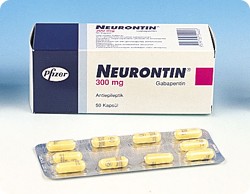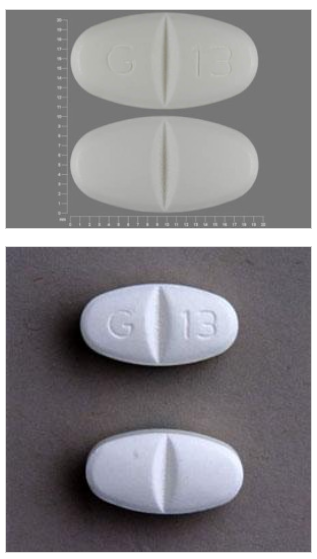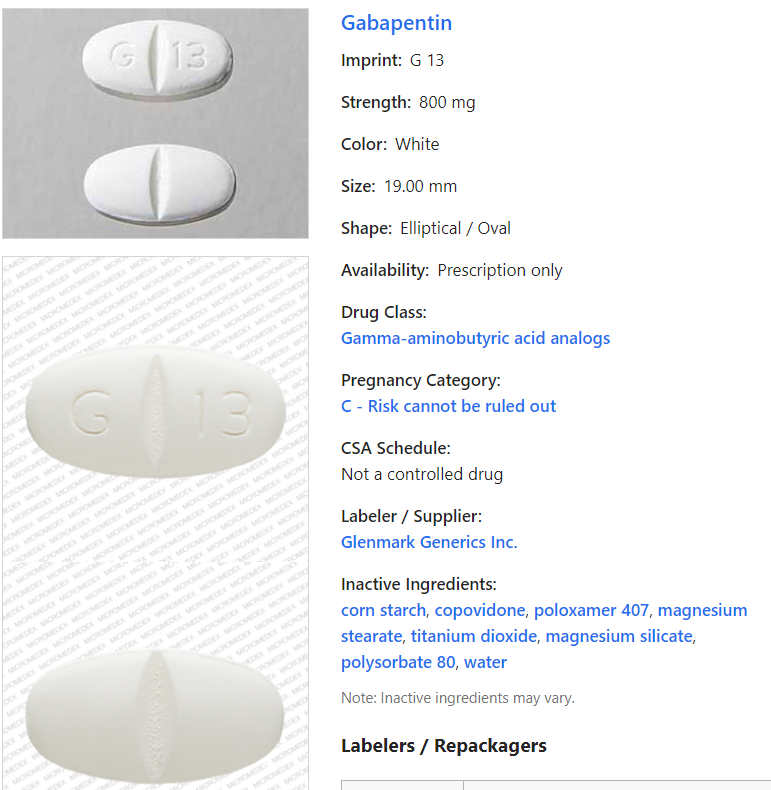NEURONTIN (gabapentin) capsules, tablets, and oral solution are supplied as follows:
100 mg capsules:
White hard gelatin capsules printed with “PD” on the body and “Neurontin/100 mg” on the cap; available in:
Bottles of 100: NDC 0071-0803-24
300 mg capsules:
Yellow hard gelatin capsules printed with “PD” on the body and “Neurontin/300 mg” on the cap; available in:
Bottles of 100: NDC 0071-0805-24
Unit dose 50’s: NDC 0071-0805-40
400 mg capsules:
Orange hard gelatin capsules printed with “PD” on the body and “Neurontin/400 mg” on the cap; available in:
Bottles of 100: NDC 0071-0806-24
Unit dose 50’s: NDC 0071-0806-40
600 mg tablets:
White elliptical film-coated scored tablets debossed with “NT” and “16” on one side; available in:
Bottles of 100: NDC 0071-0513-24
800 mg tablets:
White elliptical film-coated scored tablets debossed with “NT” and “26” on one side; available in:
Bottles of 100: NDC 0071-0401-24
250 mg per 5 mL oral solution:
Clear colorless to slightly yellow solution; each 5 mL of oral solution contains 250 mg of gabapentin; available in:
Glass bottles containing 470 mL: NDC 0071-2012-23
Bottles containing 470 mL: NDC 0071-2012-44
Store NEURONTIN Tablets and Capsules at 25°C (77°F); excursions permitted between 15°C to 30°C (59°F to 86°F) [see USP Controlled Room Temperature].
Store NEURONTIN Oral Solution refrigerated, 2°C to 8°C (36°F to 46°F).






